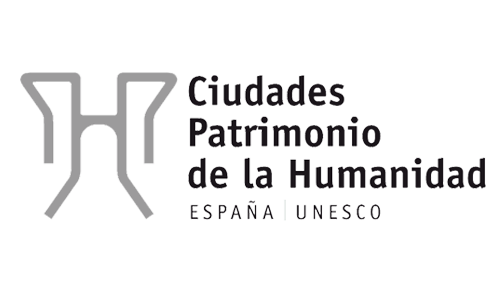Morería Archaeological Area




In Morería we can find the most extensive preserved stretch of Roman wall of the ones that were discovered. It shows not only its original construction (the preserved width is almost three metres and could have been almost eight metres high) and the reinforcements that were put against it in the late Roman period, but also the doors, gates and patrol ways. In this area the city wall also shows the radical solution the Caliphate adopted to stop the uprising of the people of Mérida by destroying some of its stretches leaving only the foundations.
But what Morería really offers us is a clear vision of the evolution of the Mérida town planning, its porticoed roads, and several blocks of houses that were modified and restructured throughout time, since the 1st century until the Visigothic period. And the house called “Los Mármoles” (the marbles) especially shows us the full magnificence of a house at the end of the 3rd century, when the city was at its height. It occupied a whole block, reached the height of two floors and, as if this was not already enough, one of its two thermae invaded one of the roads to build a pool with cold water on it.




In Morería we can find the most extensive preserved stretch of Roman wall of the ones that were discovered. It shows not only its original construction (the preserved width is almost three metres and could have been almost eight metres high) and the reinforcements that were put against it in the late Roman period, but also the doors, gates and patrol ways. In this area the city wall also shows the radical solution the Caliphate adopted to stop the uprising of the people of Mérida by destroying some of its stretches leaving only the foundations.
But what Morería really offers us is a clear vision of the evolution of the Mérida town planning, its porticoed roads, and several blocks of houses that were modified and restructured throughout time, since the 1st century until the Visigothic period. And the house called “Los Mármoles” (the marbles) especially shows us the full magnificence of a house at the end of the 3rd century, when the city was at its height. It occupied a whole block, reached the height of two floors and, as if this was not already enough, one of its two thermae invaded one of the roads to build a pool with cold water on it.
Hours
Fees
Location





